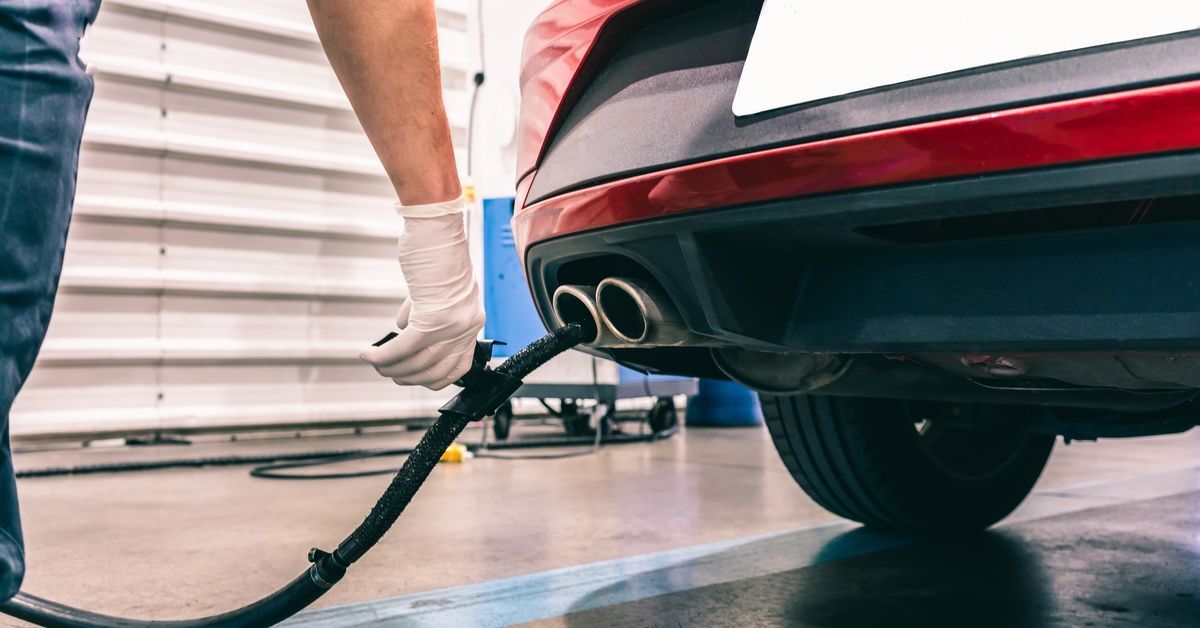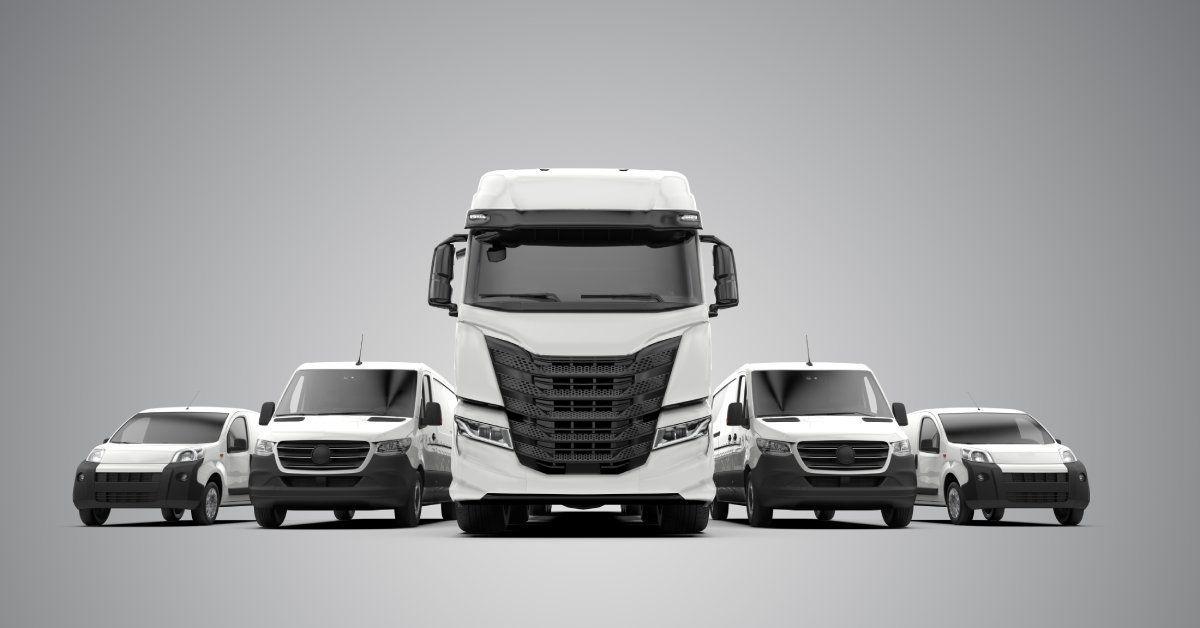What To Do When Your Brake Light Comes On
The sight of a brake light on your vehicle’s dashboard can be very unsettling. After all, the brake system helps maintain your safety on the road and you should never ignore any issue related to it. Read on to learn what to do when your brake light comes on so that you can ensure your safety and the welfare of others on the road.
Ensure Your Parking Brake Is Disengaged
When your brake light first appears, you should first make sure your parking brake is fully disengaged. In some vehicles, the brake light will remain illuminated if the parking brake is slightly engaged.
Simply release the parking brake completely and see if the light turns off. If it does, you have identified and resolved the issue.
Take Your Car Off the Road
If disengaging the parking brake doesn't solve the problem, the next thing to do when your brake light comes on is to take the vehicle off the road immediately.
Driving with a potential brake issue can be extremely dangerous. Find a secure spot away from traffic to perform further checks and avoid putting yourself and others at risk.
Check Your Brake Fluid
Once you are safely off the road, take a look to see if your brake fluid is low. Locate your vehicle's brake fluid reservoir, which is usually found under the hood.
Topping up the brake fluid may turn off the brake light. However, low brake fluid could indicate a leak or another issue requiring professional attention.
Have Your Vehicle Serviced
Even if the brake light turns off after adding fluid, it is best to have your vehicle serviced. Have it towed to a brake mechanic who can diagnose and fix the problem. Common issues could range from a leak to worn brake pads.
By following these steps, you can ensure the safety of everyone on the road and the reliability of your vehicle. If you need to have your car’s brake system inspected, make an appointment with Advanced Vehicle Technology Services immediately. We can determine the issue and repair it, ensuring you can trust your brakes whenever you push down on the pedal.




